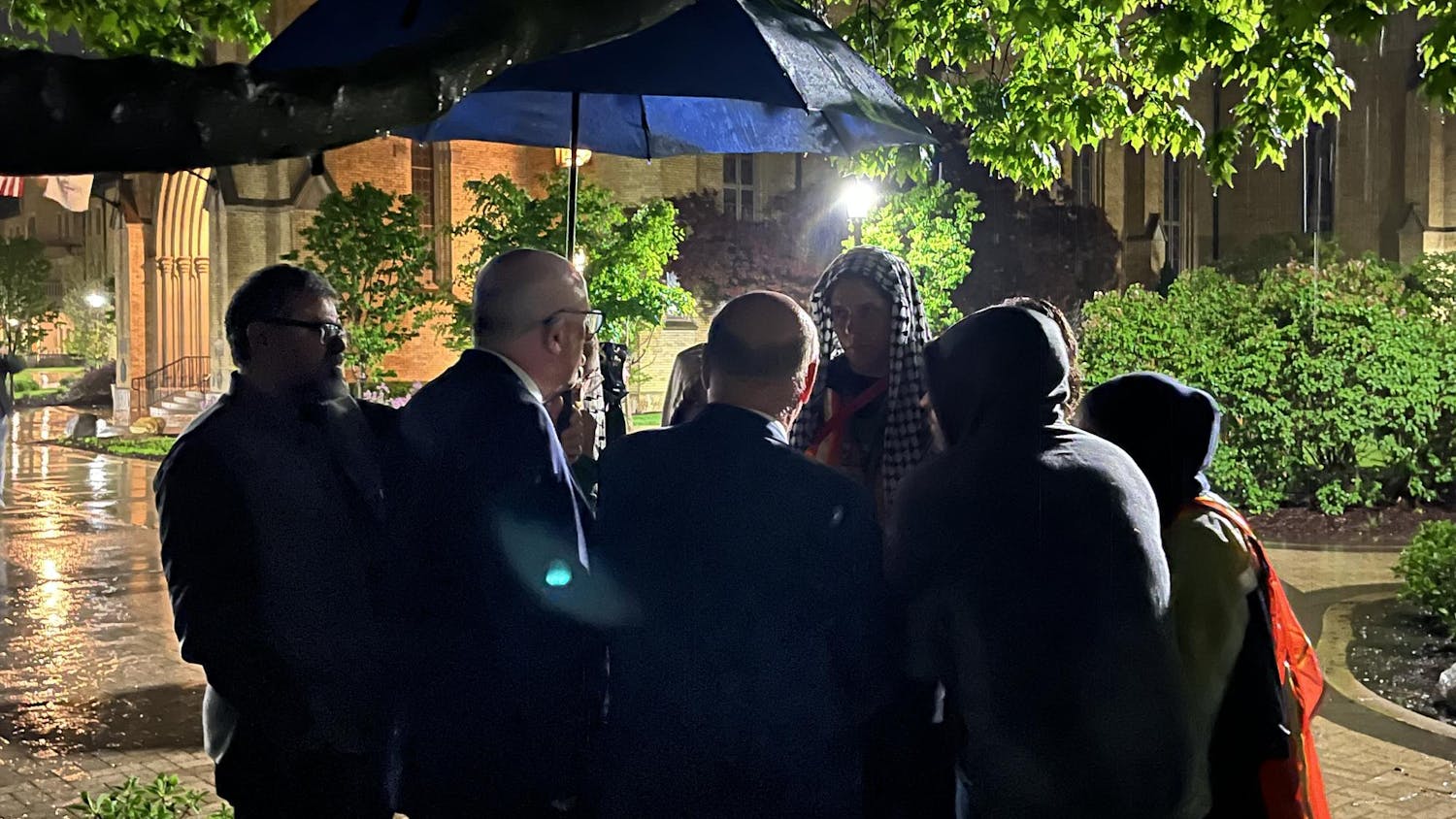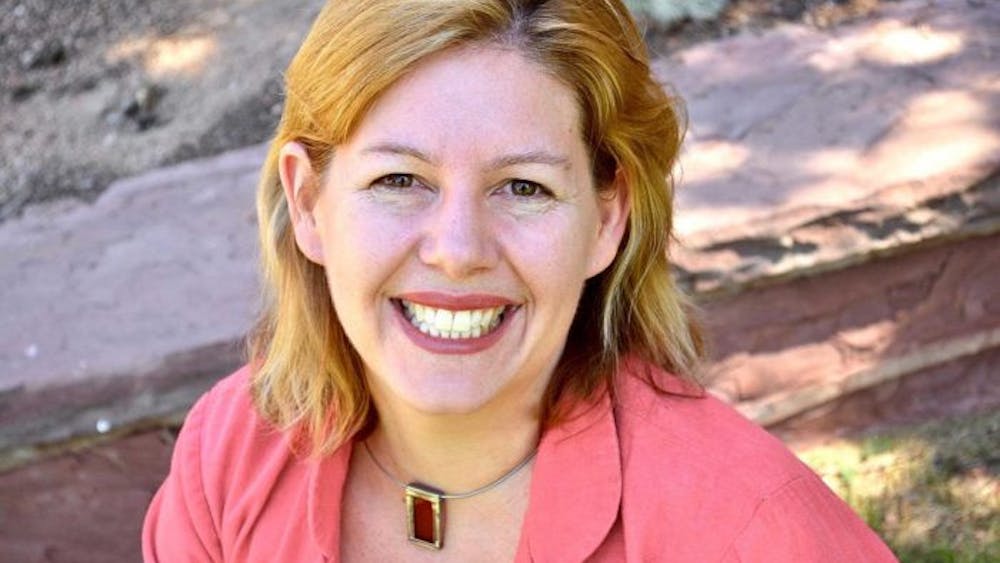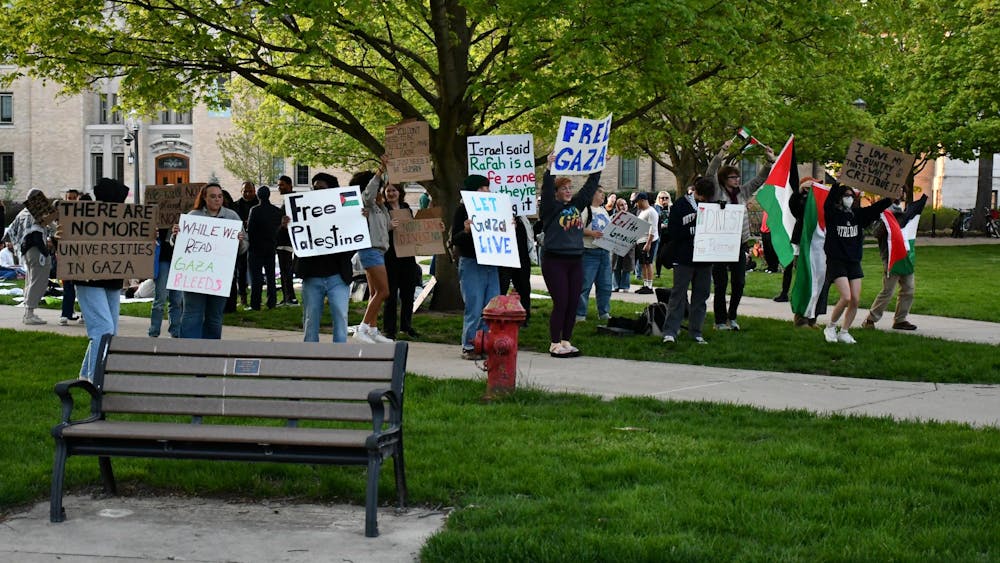The recent national cacophony swirling around how we confront or correct racism and slavery has washed over Notre Dame’s 12 Luigi Gregori murals of Christopher Columbus. For more than 130 years, those murals adorned the Main Building as a cultural and historical tribute to Columbus. However, as our society struggles collectively to eradicate racism once and for all, we individually thrash about trying to denounce specific circumstances that relate to slavery and racism. The University’s administration decided to cover and eventually move the murals as a gesture of its conviction against exploitation, slavery and racism. What was once venerated is now excoriated.
As a second-generation Italian-American — all four of my grandparents emigrated from Italy in the early 1900s — I am personally conflicted about Columbus. On the one hand, I was raised in a household that was proud of its heritage, which included accomplishments by Columbus. I agree with a defense of Columbus conveyed in a letter published in The Observer last Friday, which explains President Benjamin Harrison’s advocacy in an effort to unite the nation following the Battle of Wounded Knee and the lynching of nearly a dozen Italian-Americans in New Orleans. My father faced similar prejudice as a boy when called a “Wop.” Both of my grandfathers encountered racism when warned not to apply for certain jobs because they would not be hired. However, unlike many families who generation after generation zealously cling to glorify the Civil War Confederacy, I remember but do not relive that past.
On the opposite side of the Columbus coin, I also agree with those whose ancestors have been harmed by the human imperfections of men like Columbus. More than 350 Notre Dame-affiliated persons signed a letter published in The Observer in November 2017 that eloquently advocated for the removal of the murals. They opined that whenever millions of campus residents and visitors view those murals, they are presented “with a highly problematic vision of Western triumphalism, Catholic militarism and an overly romantic notion of American expansion.” Here again, they should never forget, but should we eradicate all or perhaps most of the murals as a consensus middle position?
As a boy, my father warned me that the Ku Klux Klan, along with other groups, hated and harmed Catholics. Following my graduation from Notre Dame, I once drove by Klansmen distributing flyers along a rural road near my Appalachian-located home in Pennsylvania. Never in my wildest dreams had I imagined that I would ever see the Klan in my Yankee northern state. But there they were, and my stomach twitched as I recalled my father’s warning.
As a Notre Dame student, I never encountered the Klan in Indiana, but I did witness stupid, immature, bad-joked Halloween costumes on campus. I never saw anyone made up in blackface like the insensitive and racist photos discovered in Virginia Governor Ralph Northam’s medical school annual. My sister reminded me — and like Northam forgetting his medical school antics, I can recall my outfit but not the makeup only meant as hair — that in high school I dressed as a hobo with darkened cheeks to look like a beard.
Joking instances like these from decades ago may or may not be forgivable today. Each should be individually judged for intent and on how the participants may or may not have changed after any unforgiving moments. To be certain, Klansman can never be supported, past or present. Moreover, mimicking the Klan or appearing in blackface is unacceptable today as our times evolved and our better senses cemented our societal core values.
It leaves us with a number of questions on how to remedy our controversies about the Confederate flag and memorial statues, blackface racism, slavery and men like Columbus. When Notre Dame beat Alabama for the 1973 collegiate football national title, Alabama by choice was only in its second year of accepting African-American players. Should society force the Crimson Tide to forfeit titles of that era prior to 1971?
Should all slave owners, including George Washington and Thomas Jefferson, as well as those who fought against our nation to preserve slavery like Robert E. Lee be stripped of their memorials? Can we — like Germany after eradicating the Nazi swastika — tolerate symbols from the Confederacy that honor heritage without conjuring the white supremacy movement that highjacked the Stars and Bars battle flag? Can Notre Dame cure its “Columbus problem” somewhere between an all-or-none option?
To answer our angst, we should consider the intent and the era’s norms. It is appropriate to completely destroy anything from those who advocate harm against others like the Klan. It is reasonable to historically recognize without glorifying those who fought for slavery against our nation during the Civil War. Thus it is appropriate to remove some statues and rename schools.
The memorials of our slave-owning founding fathers who devised a three-fifths categorization for humans were mostly noble men who were products of their time. As for Columbus, also a man of his era, I submit that he deserves a mural at Notre Dame. However, replace the others with examples of those who have persevered, and represent our national story as we know it today that can be displayed for the next 130 years.













